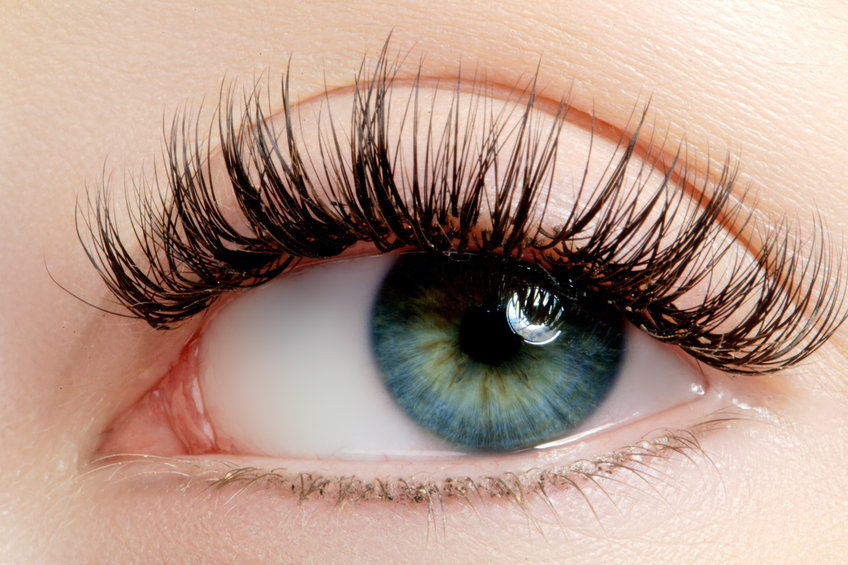Eyelashes or “cilia” are often one of the first things we notice about another person’s eyes. They’ve become a focal point of the cosmetic industry, and it seems we can’t get enough of them! From false eyelashes, to top dollar mascaras and serums, the manipulation of eyelashes has become commonplace. But have you ever stopped to think about why we have them? Or what life would be like without them?
Our eyelashes serve to protect our eyes. They are the first line of defense from foreign particles, dust, and other debris. The eyelashes are also very sensitive and alert us to objects coming near our eyes, which triggers a blink reflex. Without our eyelashes, we would find ourselves getting “things” in them much more often, which is not only annoying, but can be painful too. There are various conditions that affect the production and health of our eyelashes.
Two of the most common eyelash conditions are trichiasis and madarosis. Trichiasis refers to a misdirection of lashes, where madarosis is the lack thereof. Trichiasis can affect anyone at any time in their life. It is often associated with eyelid disorders that affect the way the eyelid contacts the eye; however, lashes can also be misdirected without eyelid abnormalities. Trichiasis alone is not much of a problem, however, when the misdirected lashes point inward and contact the eye, they can cause chronic irritation, blurred vision, and lead to infection.
Treatment for trichiasis usually includes conservative methods such as topical lubricating drops like Systane or Refresh. These drops lessen the irritation of the lashes, and help maintain the health of the front of the eye. Misdirected eyelashes that are more problematic can be pulled out or “epilated” by an eye care provider such as an optometrist or ophthalmologist. These treatments are often temporary though, as lashes grow back in about one month, and can regrow in the same way to affect the eye again. If offensive lashes recur frequently enough to require regular treatments, surgical management can be considered. These treatments aim to prevent specific lash follicles from regrowing lashes.
If rather than misdirected lashes, there simply aren’t enough, it is referred to as madarosis. Madarosis most commonly affects older adults. There are many underlying causes including chronic inflammation, history of infection or trauma, and dermatologic conditions. As mentioned above, our eyelashes protect our eyes, and losing them can have negative consequences to both cosmesis and eye health. Aside from general eyelid hygiene and conservation of lashes, there is an eye serum called “Latisse” that is specifically designed to promote lash growth.
Latisse is a brand name eye serum FDA approved for the treatment of inadequate or not enough lashes. The active ingredient in Latisse is bimatoprost, a medication originally designed for the management of glaucoma. Studies conducted on bimatoprost reported increased eyelash growth in subjects treated with the medication. Latisse uses a lower concentration of bimatoprost, while capitalizing on the “side effect” of increased lash growth. Rather than a drop into the eye, Latisse is applied using a specialized applicator to direct the medication only to the margin of the upper eyelid, where the lashes start. However, Latisse shares some of the same common side effects as bimatoprost, including eye redness, irritation, and darkening of the iris and eyelids. When used under supervision of an eye care professional, it is safe, effective, and most people suffer minimal undesirable side effects. Eyelid and eyelash health are important components of overall eye health. It is recommended to monitor for changes and alert your eye care provider if any are observed.
Save up to 80% on the cost of your prescriptions at your local pharmacy with EasyDrugCard.com. Download your free drug card and begin saving today.
References:
https://www.aao.org/eye-health/diseases/what-is-trichiasis












